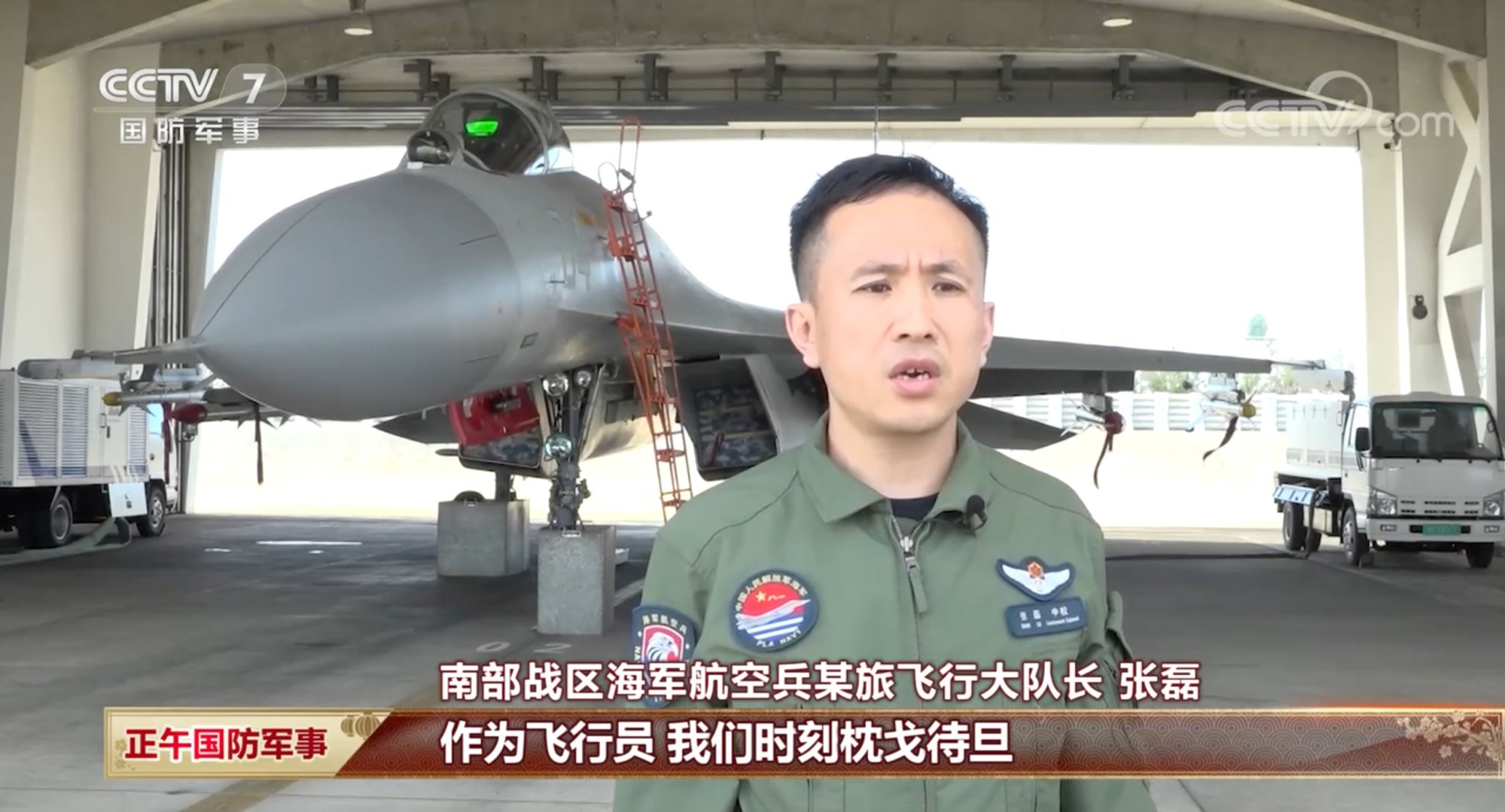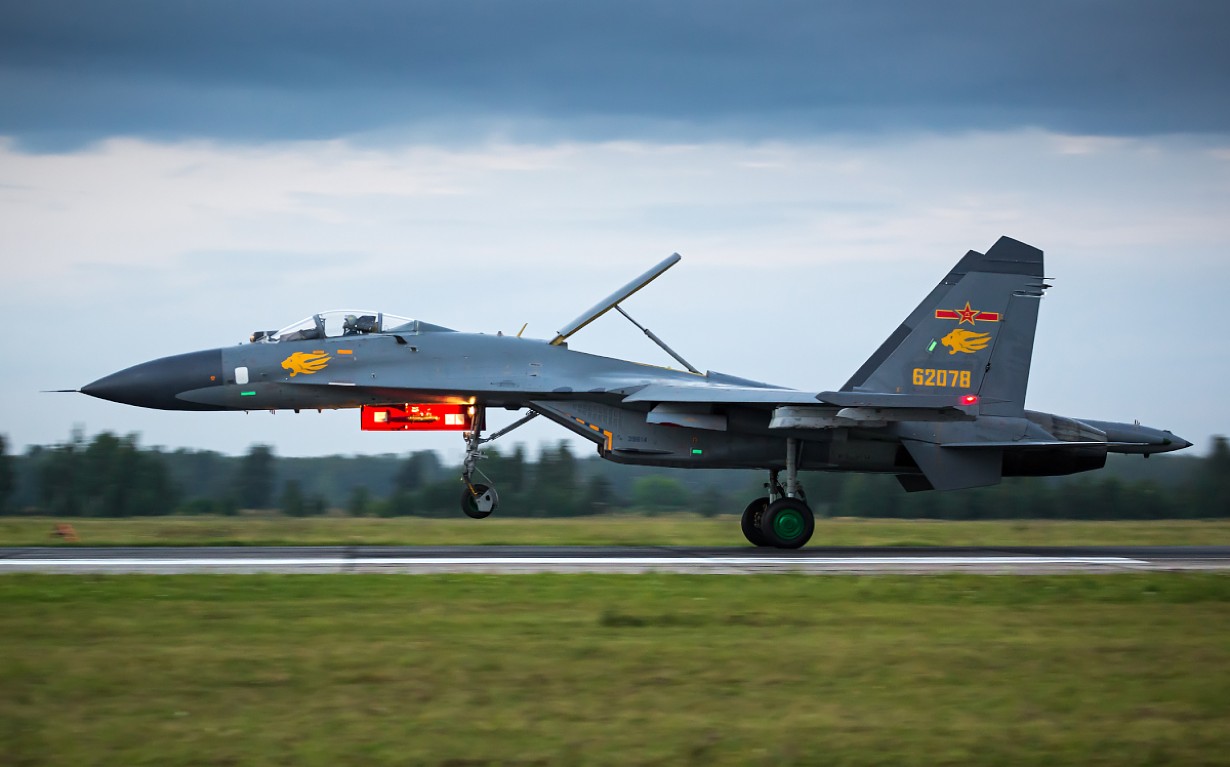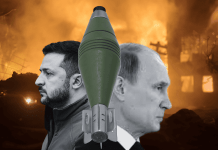Taiwan registered 10 Chinese People’s Liberation Army planes and four ships in the area adjacent to the island Monday, the Taiwanese Defense Ministry tweeted.
10 PLA aircraft and 4 PLAN vessels around Taiwan were detected by 6 a.m.(UTC+8) today. ROC Armed Forces have monitored the situation and tasked CAP aircraft, Navy vessels, and land-based missile systems to respond these activities, the tweet read.
2 of the detected aircraft(Y-8 ASW & BZK-005 UAV RECCC) had entered Taiwan’s southwest ADIZ, flight paths as illustrated.
A Y-8 reconnaissance plane and a BZK-005 long-range drone entered the Taiwanese Air Defense Identification Zone. An air patrol scrambled in response, in addition to radio warnings being broadcasted and air defense missile systems being deployed.
10 PLA aircraft and 4 PLAN vessels around Taiwan were detected by 6 a.m.(UTC+8) today. R.O.C. Armed Forces have monitored the situation and tasked CAP aircraft, Navy vessels, and land-based missile systems to respond these activities. pic.twitter.com/dTNU1rrzUB
— 國防部 Ministry of National Defense, R.O.C. ?? (@MoNDefense) March 6, 2023
Earlier, Chinese state media reportedly published footage of PLA Navy J-11 Flanker fighter jets tracking and monitoring foreign warplanes over the South China Sea on January 22.
The video aired on official television CCTV on January 24 shows two J-11 Flanker fighter jets taking off from Woody Island to keep an eye on Western aircraft that have flown into the area. Each Chinese aircraft was equipped with four air-to-air missiles.
In a statement published on WeChat, the PLA Southern Theater Command, on January 24, said that two Naval fighter jets under its command flew from Yongxing Island in the Xisha Islands to carry out surveillance of foreign aircraft over the South China Sea.
The state-run Global Times reported that the PLA aircraft often adjusted its flight attitude in response to the incoming foreign aircraft to ensure the target was within monitoring range and held the position until the foreign aircraft flew away.

Zhang Lei, a Chinese pilot based on Woody Island, said in the video that they had to be more vigilant during festive occasions like the Lunar New Year when it was more likely that foreign military aircraft would attempt to intrude into Chinese airspace.
Thus, additional tracking, monitoring, surveillance, and patrolling must be conducted with more frequent takeoffs, Zhang added. However, the report did not mention the target or the location of the encounter.
“As pilots, we are always ready no matter day or night, to make sure we can carry out the mission as soon as the command is given, to ensure the peace of the sea and air of the motherland,” Zhang said.
Upon completing the first round of the mission, the returning PLA aircraft slid into the hangar, where ground personnel performed checks, refueling, nitrogen filling, and other support tasks on the aircraft to prepare it for the next flight quickly.

According to local media, the naval aviation brigade under the PLA Southern Theater Command has altered and enhanced several combat takeoff, maintenance, and support plans for quick sorties.
This was done in response to the complex maritime and air environment. By taking these measures, it is made possible for warplanes to take off whenever the alarm sounds.
Recent Encounter Between US-Chinese Aircraft
China has increased its military actions in the South China Sea over the past decade and claims nearly the whole region as its territory. To refute Beijing’s assertions, the US military frequently conducts aircraft flyovers and naval transits near islands and reefs under Chinese control.
The latest news comes as the US military accused Chinese fighter jets of performing “unsafe maneuvers” close to a US spy aircraft over the disputed waterway last month.
The US Indo-Pacific Command issued a statement and video in December asserting that a Chinese J-11 fighter jet engaged in “unsafe maneuvers” when intercepting a US Air Force RC-135 reconnaissance aircraft over the South China Sea.
The statement said that the J-11 flew in front of the RC-135 and came within “20 feet” of its nose, causing the latter to take evasive action to prevent a collision.

In response, a PLA spokesperson claimed that the US plane abruptly altered altitude and squeezed the Chinese plane to the left, conducting risky approaching tactics despite multiple warnings from the Chinese side.
While the Chinese report said that PLA Navy pilots were defending the security of their country’s air and sea, the US Indo-Pacific Command stated that their surveillance plane was legitimately carrying out routine operations over the South China Sea in international airspace.
The EurAsian Times has recently reported that the J-20 stealth fighter has become a key participant in intercepting foreign aircraft over the Taiwan Strait and the East China Sea.
This development was crucial given the widespread use of US fifth-generation fighter jets in China’s neighborhood.
China has not disclosed the number of J-20s deployed, but senior colonel Chen Jinke of the PLA Air Force confirmed they were active in all five PLA theater commands.
- Contact the author at ashishmichel(at)gmail.com
- Follow EurAsian Times on Google News




